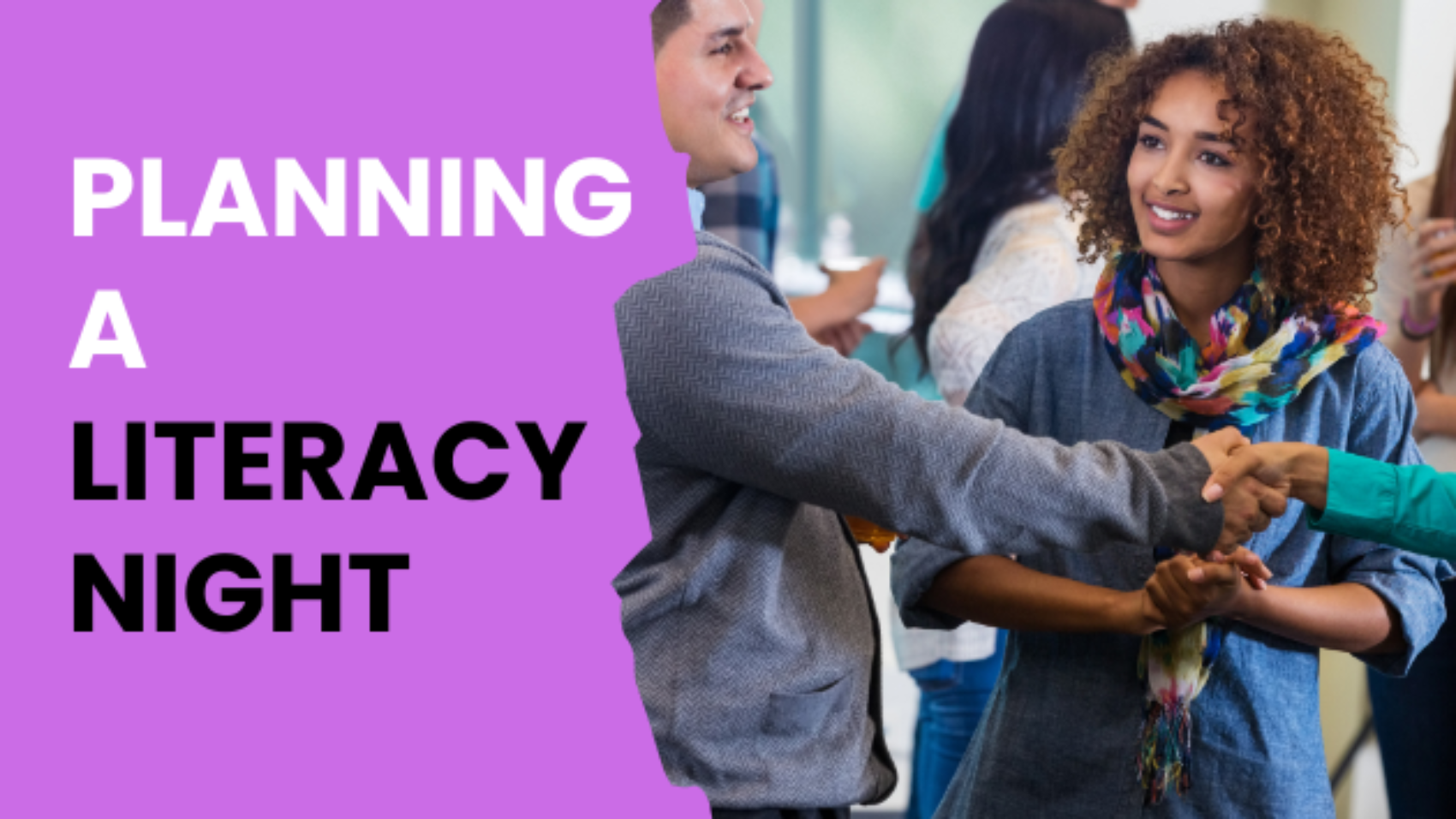Hosting a Literacy Night at your school is a fantastic way to engage students, parents, and the broader community in the joys of reading. It’s an opportunity to highlight the importance of literacy, showcase students’ work, and provide parents with tools to support their children’s reading at home. Whether you’re a first-time organizer or a seasoned pro, here’s a guide to help you plan and lead a successful Literacy Night that leaves everyone excited about reading.
1. Set Clear Goals for the Event
Before diving into the details, it’s essential to establish the goals for your Literacy Night. What do you hope to achieve? Some common objectives might include:
- Encouraging a love of reading: Create an environment where students and families can discover new books and reading strategies.
- Engaging parents: Provide parents with practical tips and resources to support their children’s literacy development at home.
- Building community: Foster connections between teachers, students, and families through a shared focus on literacy.
Having clear goals will guide your planning and help you measure the event’s success.
2. Choose a Theme
A theme can add excitement and focus to your Literacy Night. Consider themes that are broad enough to appeal to different age groups but specific enough to guide your activities and decorations. Here are a few ideas:
- Reading Under the Stars: Create a cozy, campfire-like atmosphere where families can gather and share stories.
- Book Character Parade: Invite students to come dressed as their favorite book characters and share stories related to those characters.
- Multicultural Night: Highlight books from various cultures, celebrating diversity and global perspectives.
- Reading Around the World: Set up different stations representing different countries or regions, each with books and activities related to that area.
3. Plan Engaging Activities
The heart of any successful Literacy Night is the activities. Aim to create a mix of activities that cater to different ages and interests. Here are some ideas:
- Read-Aloud Sessions: Set up read-aloud stations where teachers, local authors, or even parents can read favorite books aloud. This can include both picture books for younger children and more advanced texts for older students.
- Book Fair: Partner with a local bookstore or a company like Scholastic to host a book fair. This gives families the chance to purchase new books and supports your school’s literacy programs.
- Literacy Games: Incorporate fun, educational games like word searches, bingo, or scavenger hunts that focus on literacy skills.
- Writing Workshop: Set up a station where students can create their own stories or poems. Provide prompts, materials, and a space to display their work.
- Family Reading Corners: Create cozy reading nooks where families can sit together and enjoy books. Consider including blankets, pillows, and a variety of books for all reading levels.
- Take-Home Resources: Provide parents with handouts or resource packets that include tips on supporting reading at home, book recommendations, and literacy activities they can do with their children.
4. Involve the School Community
A successful Literacy Night is a team effort. Involve your colleagues, students, and even the wider community to create a collaborative event.
- Teacher Participation: Encourage teachers to lead activities, host read-aloud sessions, or run workshops. Their involvement can help build stronger connections with families.
- Student Involvement: Give students roles in the event, such as leading tours, helping younger students, or showcasing their own literacy projects.
- Community Partnerships: Reach out to local libraries, bookstores, and authors to participate in or support the event. Their involvement can bring additional resources and excitement to the night.
5. Promote the Event
Promotion is key to ensuring a good turnout for your Literacy Night. Use a variety of channels to get the word out:
- Flyers and Posters: Distribute flyers and hang posters around the school and in the local community. Include details about the theme, activities, and any special guests.
- School Website and Social Media: Post event details on the school’s website and social media pages. Share updates, teasers, and reminders as the date approaches.
- Newsletters: Include information about Literacy Night in the school newsletter or send home a special announcement with students.
- Personal Invitations: Encourage teachers and students to personally invite parents and community members. A personal touch can make a big difference in attendance.
6. Prepare the Logistics
Good planning and organization are essential for a smooth event. Here are some logistical details to consider:
- Space Planning: Decide where each activity will take place and ensure there’s enough space for attendees to move comfortably between stations.
- Materials and Supplies: Make a checklist of all the materials you’ll need for each activity and ensure everything is prepared in advance.
- Volunteers: Recruit volunteers to help with setup, running activities, and cleanup. Ensure everyone knows their roles and responsibilities.
7. Evaluate and Celebrate Success
After the event, take time to evaluate its success and celebrate the hard work that went into making it happen.
- Gather Feedback: Ask attendees for feedback on what they enjoyed and what could be improved. This can be done through a quick survey or informal conversations.
- Reflect on Goals: Revisit the goals you set at the beginning of the planning process. Did you achieve them? What went well, and what could be improved for next time?
- Celebrate Your Team: Acknowledge the contributions of everyone involved, from teachers and volunteers to students and parents. Consider a small thank-you note or a celebratory staff meeting.
Conclusion
Leading a successful Literacy Night at your school is a rewarding way to bring your community together around the joy of reading. By setting clear goals, planning engaging activities, and involving your school community, you can create an event that leaves a lasting impact on students and families. With a bit of creativity and careful planning, your Literacy Night can become a beloved tradition that celebrates the power of literacy in a fun and meaningful way.


